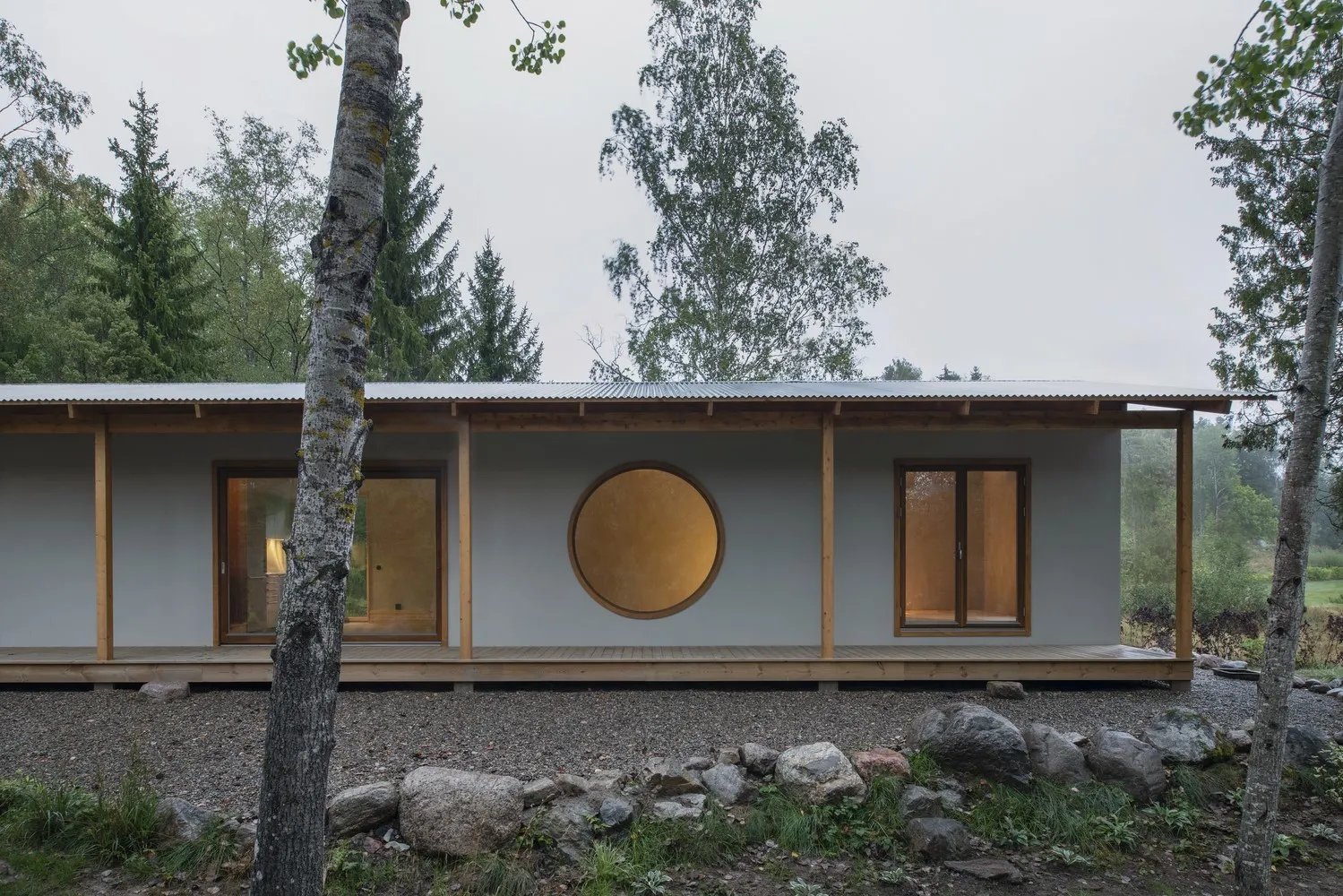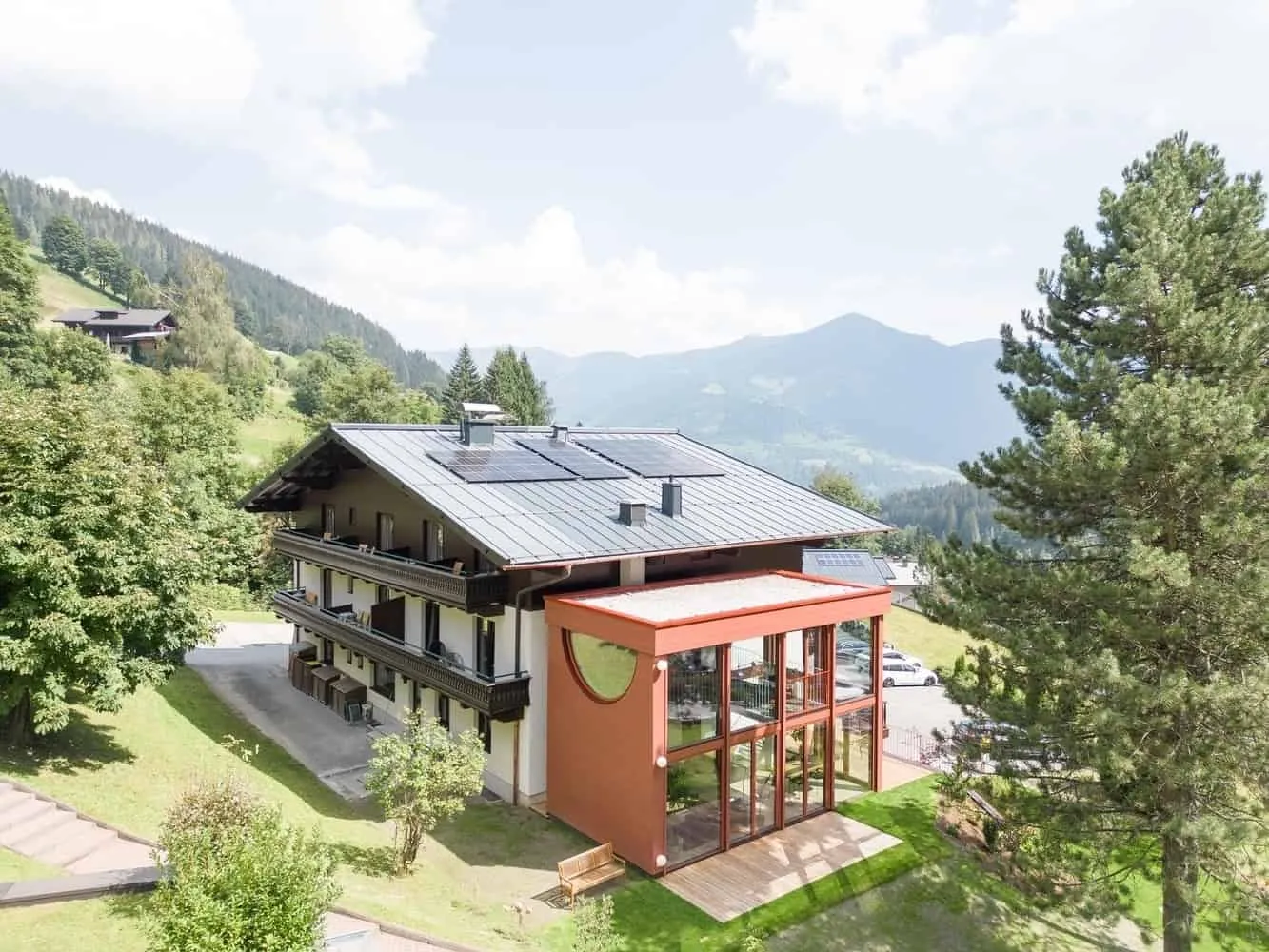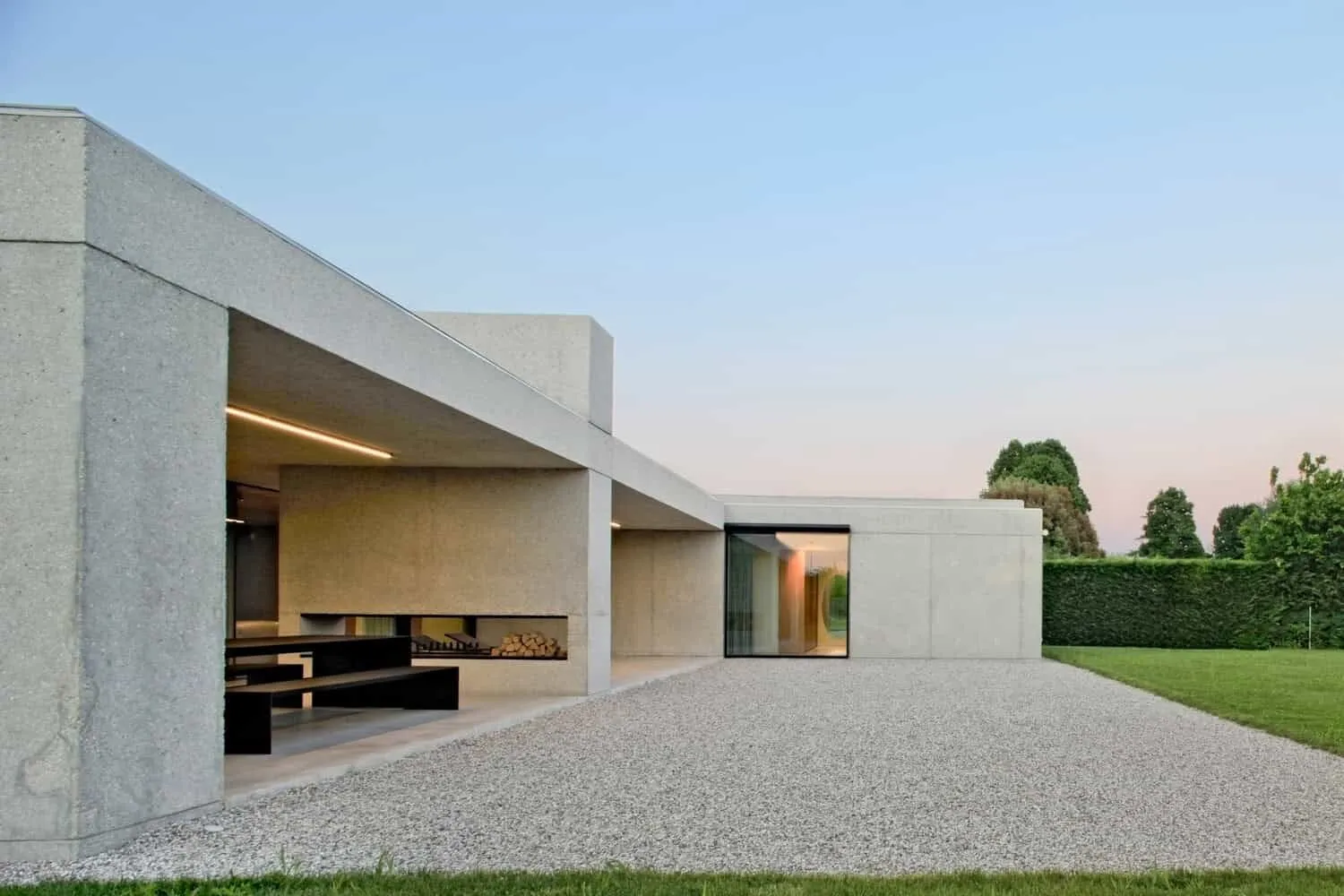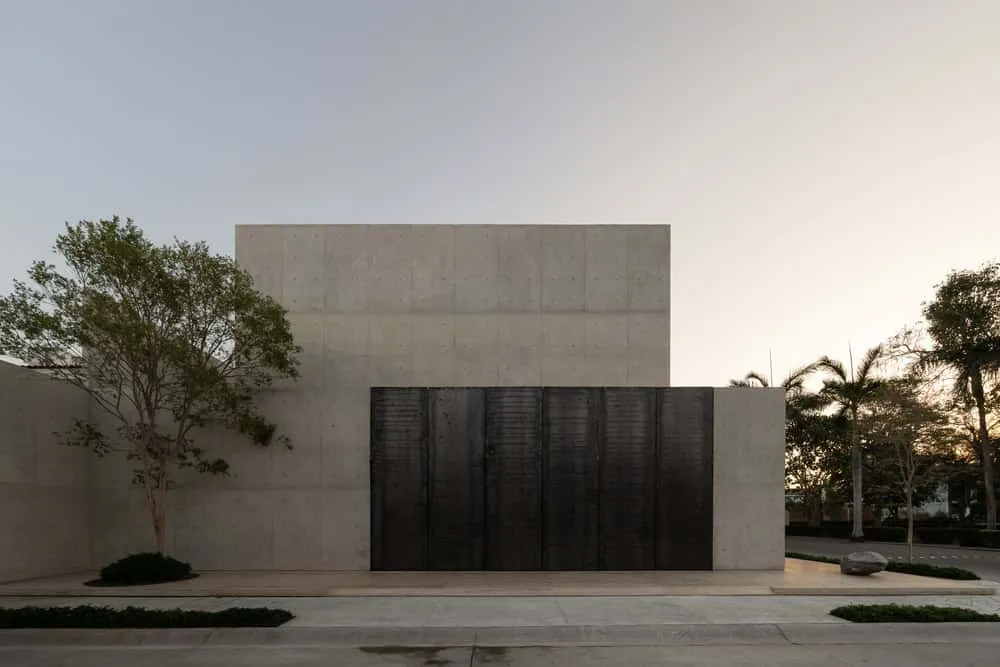There can be your advertisement
300x150
How an optimal air conditioning system improves home comfort: key points
Are you struggling with home air conditioning problems? Good news — achieving optimal system performance is not that hard. This article will guide you through the main aspects that help boost comfort in your home. Get ready to turn your living space into a cool and energy-efficient corner, no matter how hot it gets in summer.

Regular Maintenance
Regular maintenance plays a key role in ensuring maximum efficiency of your air conditioning system. It includes regular cleaning and inspection to prevent dust and debris buildup, which can block airflow and force the system to work under greater load, consuming more energy. That's why Singapore residents often schedule AC servicing to keep their systems clean and in excellent condition year-round. Well-maintained air conditioners also prevent unexpected breakdowns and extend device lifespan. Additionally, regular maintenance includes checking and refilling refrigerant levels, which is essential for cooling.
It also involves inspecting electrical connections to ensure their reliability and tightening loose parts to prevent further damage. Therefore, regular maintenance not only improves the efficiency and reliability of your AC but also saves energy, contributing to a more comfortable and cost-effective home environment.
Thermostat Settings
Optimizing thermostat settings significantly contributes to achieving ideal AC performance. Essentially, the thermostat acts as the central control unit for your air conditioning system. Setting it to a stable, moderate temperature—typically around 26 degrees Fahrenheit during summer months—you can maintain a comfortable indoor temperature while minimizing energy consumption. Avoid setting it too high or low, as this won't speed up cooling or heating but may lead to excessive energy use and higher utility bills.
Modern thermostats also offer programmability, allowing you to adjust temperatures based on your daily schedule and presence at home, further enhancing energy efficiency. Therefore, smart thermostat management is a simple yet effective strategy for improving your AC’s functionality and saving energy.
Smart Technologies and Energy Efficiency
Technologies become your best helper in home care, making life much easier. Here are some things to consider:
- Smart thermostat
- Ventilation openings
- Room sensors
- Air purifiers
- Voice assistant integration
- Learning algorithms
- Geofencing technology
- Weather data integration
Smart technologies such as programmable thermostats and sensors provide precise control over temperature parameters, ensuring comfort with minimal energy consumption. Moreover, energy-efficient systems consume less electricity to achieve the same level of cooling, reducing utility costs and environmental impact. Together, they contribute to a balanced, comfortable, and economically viable indoor atmosphere.
Proper Sizing
Selecting the right size for your air conditioning system plays a vital role in ensuring optimal comfort and efficiency. A unit that is too small will struggle to cool your home, leading to excessive wear and increased energy consumption. Conversely, a unit that is too large will cycle on and off frequently, causing temperature fluctuations and higher energy usage. Properly sized systems maintain stable temperature and humidity levels, enhancing overall comfort.
Such units also operate efficiently, reducing electricity costs and extending system lifespan. Therefore, it is recommended to consult a professional for calculating the correct AC size based on factors such as home area, insulation level, and number of windows. This way you ensure an ideal balance between energy efficiency and comfort in your home environment.
Proper Insulation and Sealing
These solutions prevent the loss of cool air and infiltration of hot air, thereby reducing the load on your air conditioning system. Insulation acts as a barrier, minimizing the amount of heat entering your home during summer. Likewise, proper sealing of windows, doors, and other openings prevents cool air leakage, maintaining the desired indoor temperature.
As a result, your AC system doesn’t have to work overtime to compensate for lost cool air, leading to reduced energy consumption and improved efficiency. Therefore, adequate insulation and sealing not only ensure comfortable living but also significantly contribute to energy savings.
Ventilation and Airflow
Proper ventilation allows exchanging indoor air with fresh outdoor air, removing pollutants and controlling humidity levels. Poor ventilation can lead to stagnant conditions and excessive indoor humidity, forcing your AC to work harder to cool the room, thus increasing energy consumption and reducing efficiency.
Similarly, good airflow ensures even distribution of cool air throughout the house, maintaining consistent temperatures in each zone. If airflow is restricted, some rooms may become too cold, prompting you to adjust the thermostat settings and increase energy consumption. Therefore, ensuring sufficient ventilation and unobstructed airflow is crucial for maintaining an energy-efficient and comfortable indoor environment.

In conclusion, maintaining optimal performance of your home AC doesn’t have to be a complicated task. With regular maintenance, smart technologies, proper insulation, and attention to ventilation, you can enjoy a comfortable and energy-efficient home environment. Apply these strategies to turn your living space into a cool, cost-effective retreat even during the hottest summer days.
More articles:
 House RR by Norell/Rodhe in Granlund and Kvartersjon, Sweden
House RR by Norell/Rodhe in Granlund and Kvartersjon, Sweden House RZR by GRBX Arquitetos in Indaiatuba, Brazil
House RZR by GRBX Arquitetos in Indaiatuba, Brazil Schmitten House by Steiner Architecture: Bold Alpine Chalet in Vienna
Schmitten House by Steiner Architecture: Bold Alpine Chalet in Vienna Steffen House by Jakko Vasserman Architecture in Windhoek, Namibia
Steffen House by Jakko Vasserman Architecture in Windhoek, Namibia House-Studio inN arquitectura in Uevela, Spain
House-Studio inN arquitectura in Uevela, Spain House Surrounded by Greenery, MIDE Architects, Stra, Italy
House Surrounded by Greenery, MIDE Architects, Stra, Italy Dao House by HW Studio: A Quiet Concrete Shelter in Puerto Vallarta
Dao House by HW Studio: A Quiet Concrete Shelter in Puerto Vallarta Temozon House by Boyance Arquitectura + Edificacion in Merida, Mexico
Temozon House by Boyance Arquitectura + Edificacion in Merida, Mexico